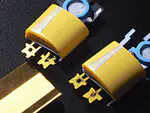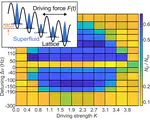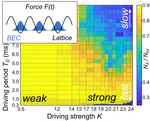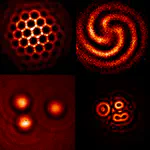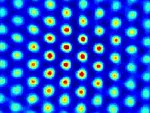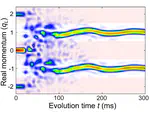Publication
Quantum-gas microscopy with K40
We study ultracold and degenerate fermionic Potassium-40 atoms in a square optical lattice. We were among the first in the world to see individual fermionic atoms in a quantum gas microscope (see link). Our lab has been recognised as the coldest place in Scotland in 2017. Recently we have implemented Raman Sideband cooling and we aim to use this experiment to discover new physics in the Fermi-Hubbard model in the upcomming years.
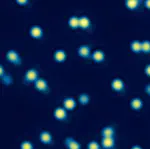
Quantum-gas microscopy with Rb87
In this experiment we study ultracold and degenrate bosonic Rubidium atoms in a square optical lattice. We use high resolution static and dynamic programmable potentials to modify the lattice potential that traps the atoms.
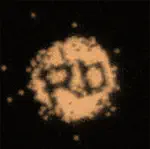
Quantum Error Correction (QuERy)
This project, supported by a Royal Academy of Engineering Senior Research Fellowship and M Squared Lasers, seeks to develop a new experiment focused on creating dual-species arrays of Cs and
Rb for quantum error correction. This is integrated within a 4K closed-cycle cryostat to obtain extended trap lifetime for scaling to large numbers of qubits, and will focus on exploiting long-range dipole interactions between Rydberg
states of each species to enable mid-circuit, non-destructive readout and generation of topologically protected logical qubits as a route towards fault tolerant digital quantum computing.
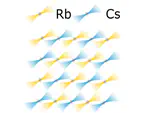
Caesium in lattice potentials
Group Haller
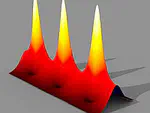
Compact Components
Group McGilligan
